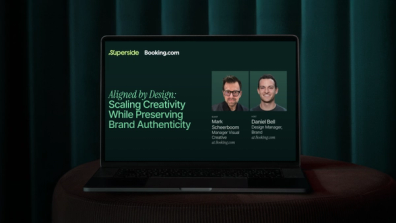
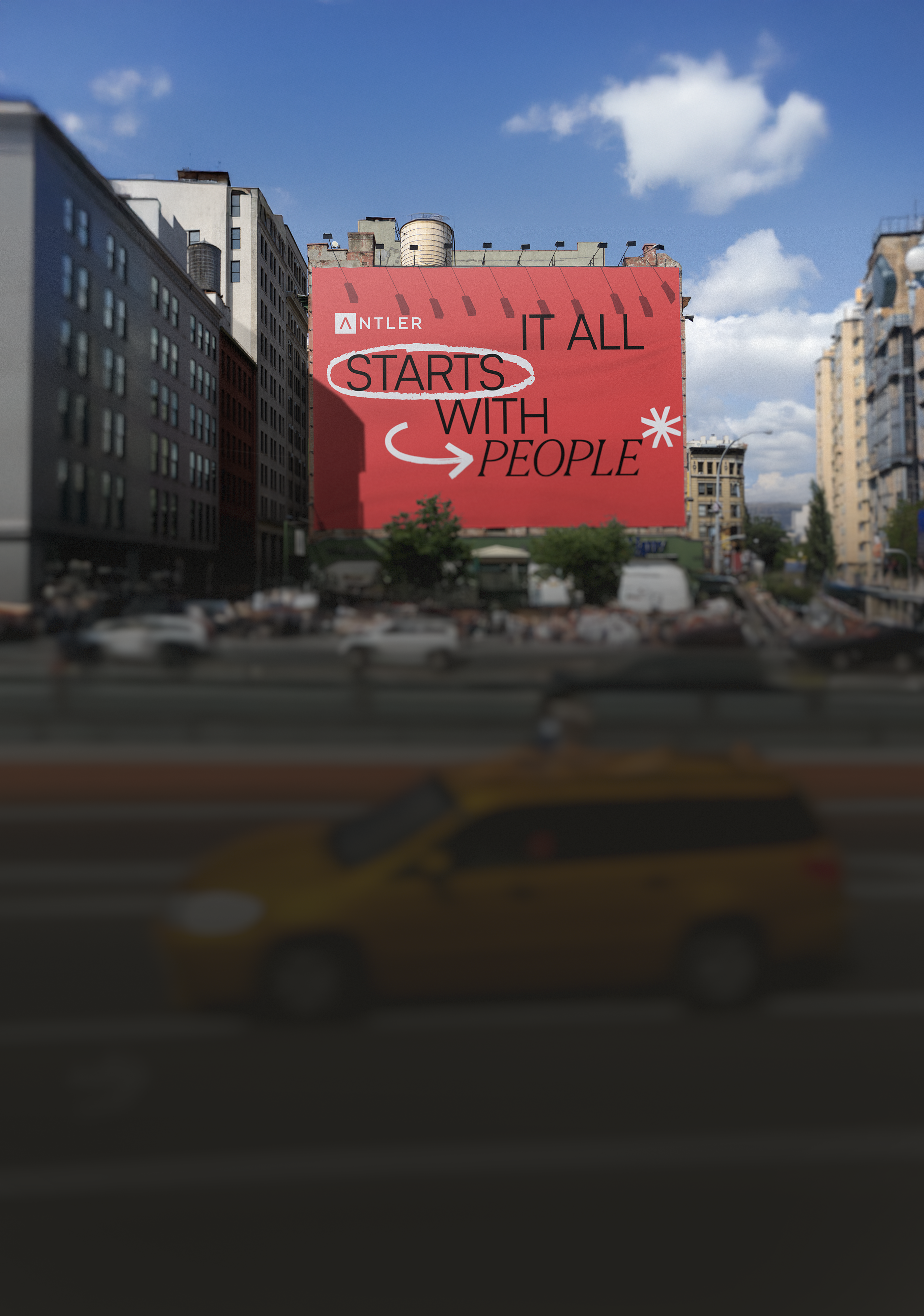


Make your brand impossible to ignore, effortless to scale
Superside helps you build, refresh, or expand your brand identity. From logo and tone of voice to full systems and guidelines, we design brands that flex across every channel.
 Brand story & messaging
Brand story & messaging Logo design
Logo design Brand development
Brand development Rebranding services
Rebranding services Brand Design
Brand Design Brand guidelines
Brand guidelinesBrand consistencyperforms better
Being on-brand multiplies the power of individual assets by having them work together towards the same goal.
Most in-house teams don’t have the bandwidth (or skills) to focus on branding. Then already-busy teams need more rounds of revisions, lose campaign consistency, and see performance take a hit.
Superside builds performance-backed branding for high-growth teams
Thousands of projects delivered, faster execution, and brand systems that scale with you.
Brand design projects completed to date (and counting)
5,750+
Up to three times faster brand execution with systems and guidelines in place
3x
Average branding project approval rating from happy teams
4.9/5
From brand strategy to brand systems, we cover it all
Our branding services fuel consistency, speed, and standout creative, whether you're starting from scratch or evolving what exists.



Brand design
Logo, typography, colors, and core design elements—all crafted for digital and physical touchpoints.
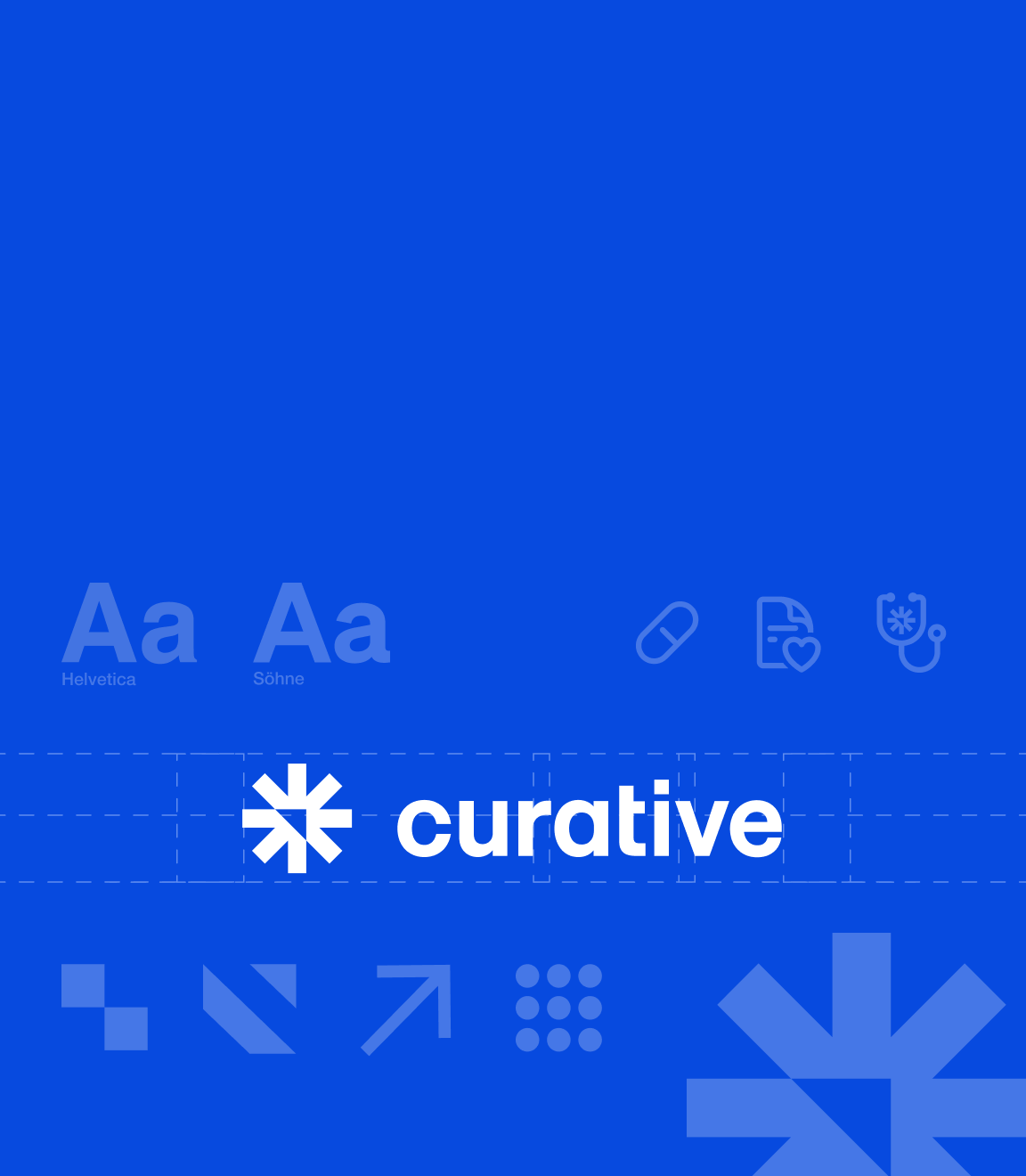


Brand development
Strategic positioning and visual foundations to define and differentiate your brand from day one.
Brand guidelines
Detailed, actionable documentation to keep internal and external teams executing consistently.
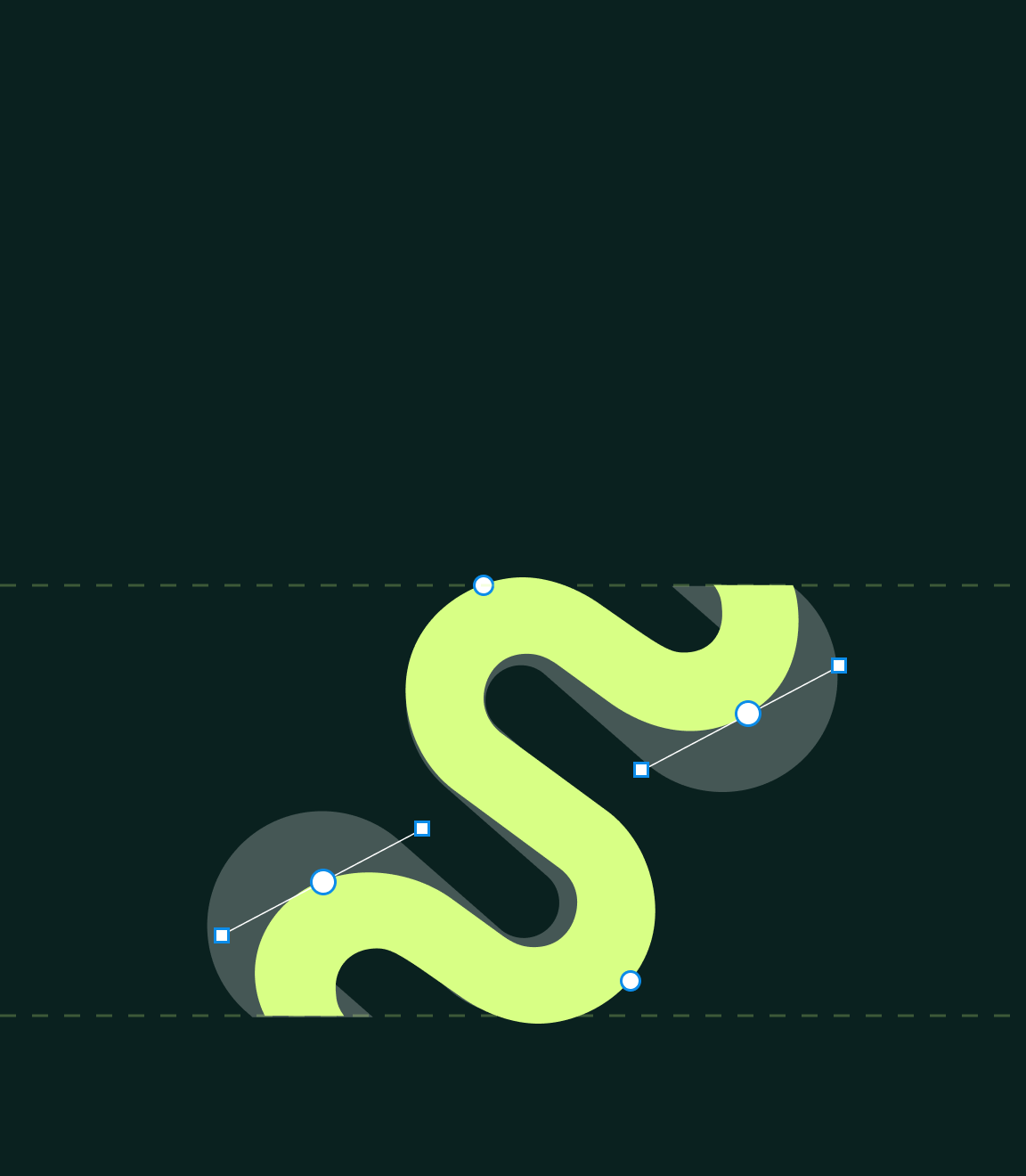


Logo design
Main and sub-brand logo systems with full file kits, responsive variations, and guidance for real-world use.
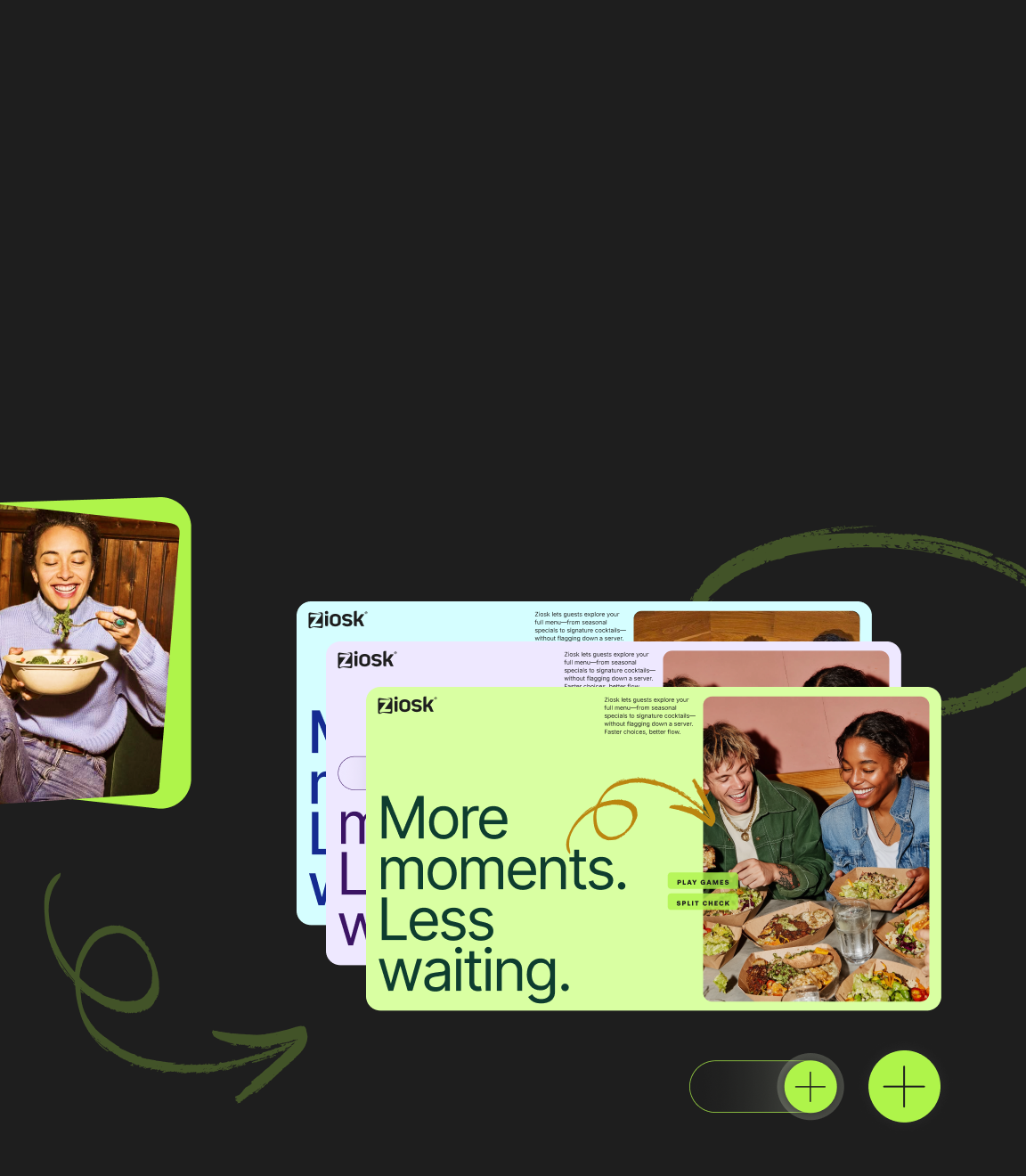


Rebranding services
From subtle evolution to full reinvention, we help brands refresh for new markets, products, or growth stages.
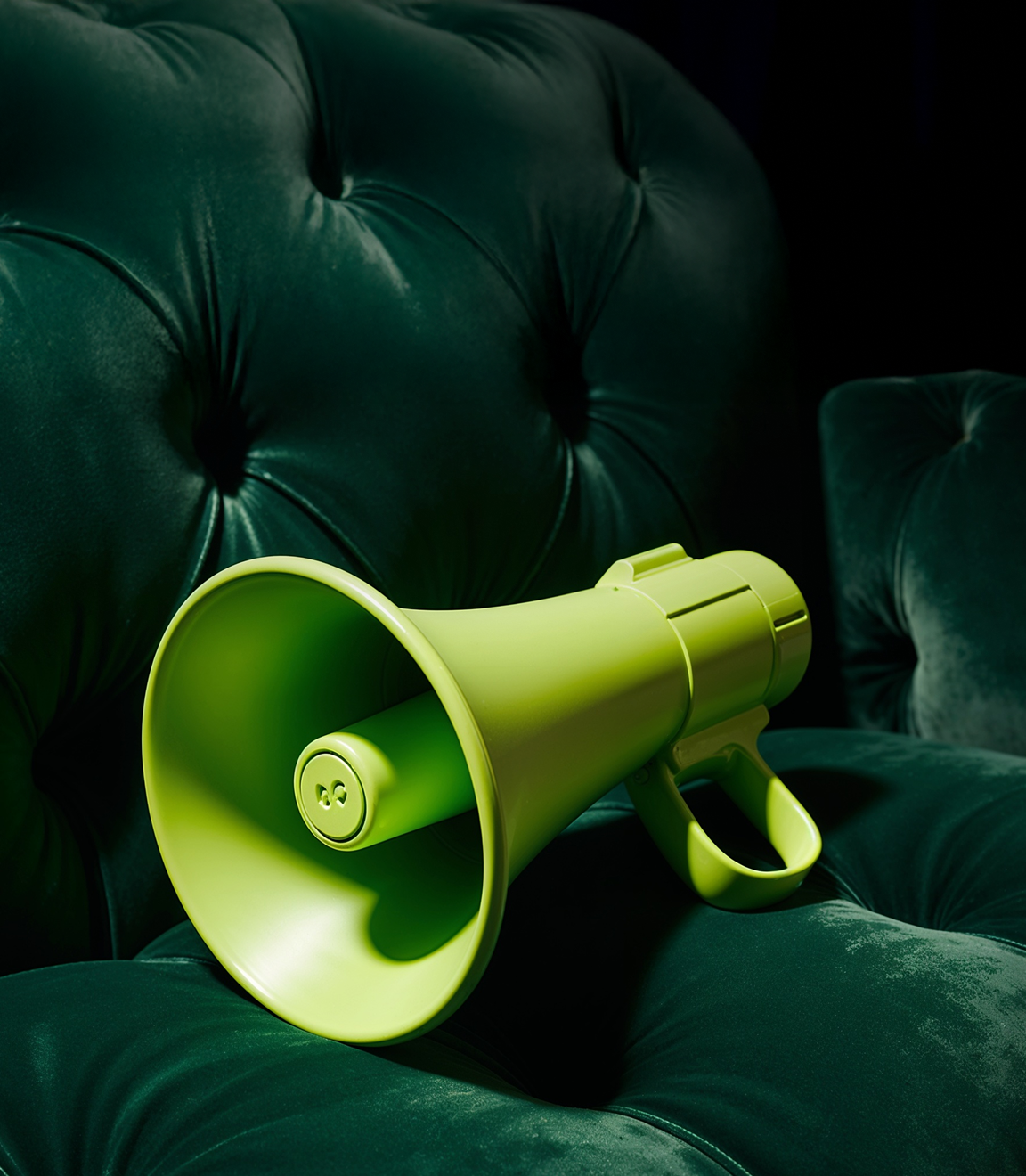


Brand story & messaging
Mission, vision, values, tone of voice, and messaging pillars—crafted to align teams and inspire audiences.
Consistent design across every channel
From web to packaging to sales decks, we help your brand show up strong everywhere.
Web and digital platforms
Design systems, UI kits, and brand assets for websites and digital experiences.
Marketing campaigns
Templates, content, and creative built for branded demand gen and promo pushes.
Product experiences
Packaging and product branding that align physical and digital touchpoints.
Internal brand toolkit
Assets for culture, onboarding, recruiting, and internal brand alignment.
Sales tools
Branded decks, leave-behinds, and collateral that support revenue teams.
Event presence
Creative for activations, sponsorships, and stages that amplify your brand.
Faster brand design, powered by AI
Our branding experts use AI to accelerate early-stage exploration, enhance consistency, and speed up rollout—without cutting corners on creativity.
Explore rough ideas to get direction earlier with AI
Speed up asset rollout with generative tools and layout automation
Build custom AI models for on-brand, ready-to-use imagery and copy



Your plug-in brand team, from kickoff to rollout
We work side-by-side with your team to shape, evolve, and scale your brand, without the slowdowns of traditional agencies.
Collaborative kickoff
Brand workshops help us align on goals, market context, and creative vision from the very first step.
Strategic direction
Developing messaging, tone, and story to shape your brand's foundation.
Visual exploration
Concepts, moodboards, and look & feel development to expand or refresh your brand's visual universe.
Execution at scale
Depending on the scope of the project, we deliver brand guidelines, logo, design system, final assets, or anything else your team needs.
Ongoing support
The best part about Superside? We're not simply a branding studio. We offer creative support far beyond your branding project, turning guidelines into ads, templates, videos, and full campaigns.

“Without Superside, almost like an extension of our team, we just wouldn’t be able to do it. We use Superside a lot to automate multiple assets and taglines, and aspect ratios.”
Now imagine this creative power behind your next project
This is just one of many creative services—what you do with them is up to you. Let's chat.



Check out the latest on branding for creative teams


7 Ways Lloyds Built a Design System Teams Actually Want to Use
Watch the full webinar: Why Teams Aren’t Using Your Design Guidelines (And How to Fix That)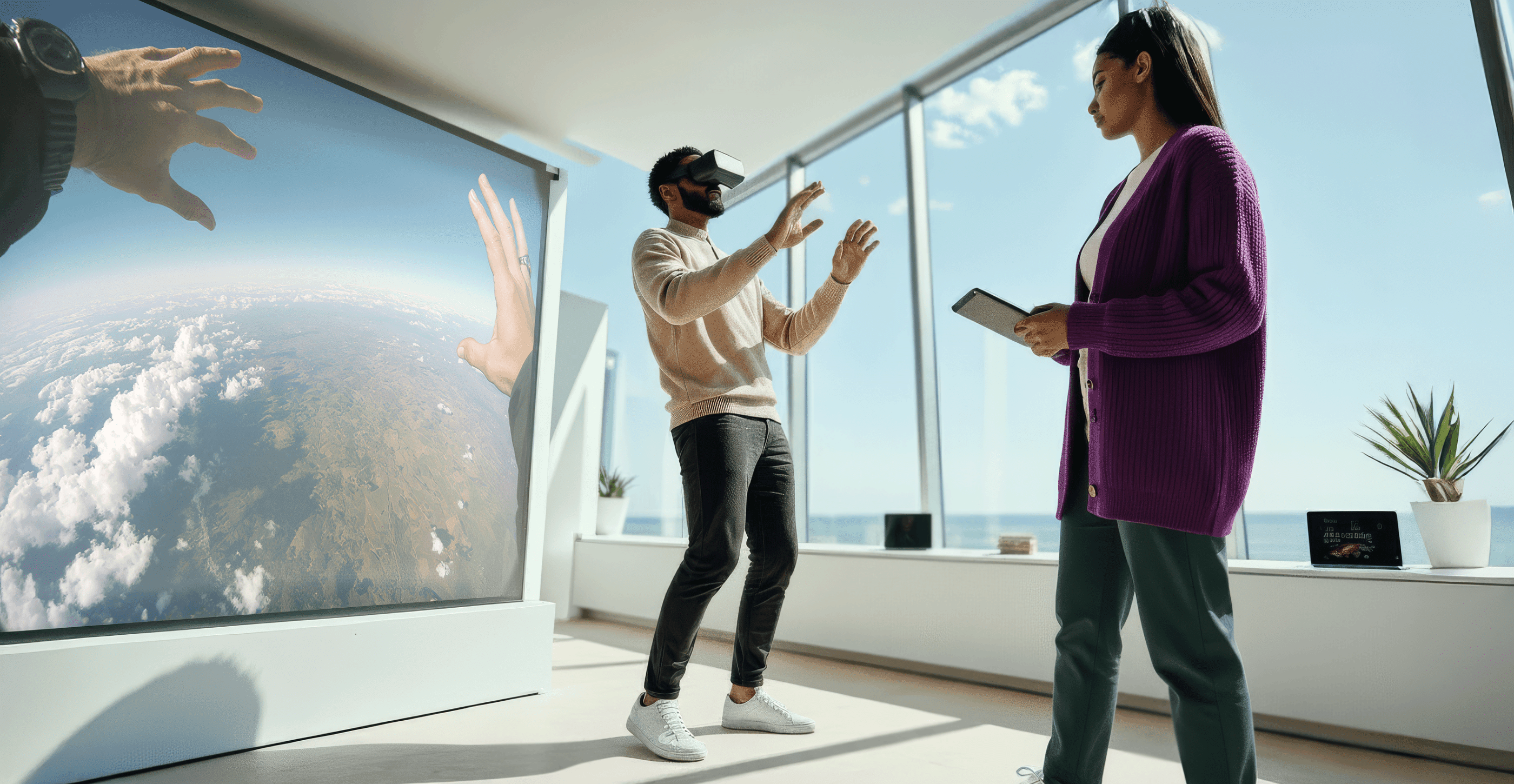
8 best immersive design services for enterprises in 2025
Picture this: You walk into a store, scan a QR code and watch a sneaker transform into a lifelike 3D model that shows how it looks and moves on your foot. It’s exactly what you want, and you tap to pay. That’s immersive design in action.Absolutely! Superside’s design subscription goes beyond just graphic design–we offer all services within all of our subscriptions. Your chosen tier grants access to these services, letting you scale your efforts seamlessly.
All Superside subscriptions require a one-year commitment because we prioritize ongoing creative partnerships. Unlike one-off projects, our services shine in fostering long-term brand development. This commitment unlocks access to our full design spectrum, allowing you to not only elevate your graphics but also build a team who understands your vision. The longer we collaborate, the deeper our understanding of your brand becomes, maximizing the value you receive and your overall growth.
We offer credit card billing or invoicing.
Absolutely! We specialize in custom brand development plans. Our tiered packages are designed to be adaptable, catering to each client's specific needs. This flexibility allows us to adjust the number of credits if your project demands a more complex approach. However, if the pre-set credits within a plan align with your requirements, you can utilize them directly to achieve your branding goals.
Branding services are a suite of strategic solutions designed to shape and enhance a company's identity, fostering recognition and trust among its target audiences. These comprehensive services typically include brand development, design and storytelling, all aimed at creating a cohesive and memorable brand experience. Branding is much more than a logo—it is the embodiment of how your brand is perceived through color, design, font and your story.
Branding services offer plenty of benefits, such as enhancing a company's visibility, credibility and market position. A well-crafted brand identity fosters recognition, instills trust and sets a business apart from competitors. With a cohesive brand strategy, companies can establish a strong emotional connection with their audience, leading to increased loyalty and customer retention. (In fact, 81% of consumers need to trust a brand to consider buying.) Additionally, effective branding services improve market competitiveness, making it easier for businesses to attract and retain customers.
Superside excels in crafting robust brand identities, particularly for high-growth brands looking to launch, rebrand, and scale across diverse channels. Our expertise extends to bigger enterprises seeking a well-structured brand identity that resonates internally and externally. Collaborating with platforms like Shopify, Amazon, and Salesforce, we deliver meticulously tailored creative assets at scale. However, we can also take on less comprehensive projects, like logo design or iconography. Many of our customers also use our branding services in conjunction with our other creative services, such as ad and web design.
On average, branding agencies charge up to $1,000 USD per hour, with branding packages reaching as high as $100,000 or more. Branding consultants may charge between $300 and $700 per hour, depending on the scope of the job. For reference, Pepsi paid over $1 million for their logo. Superside's transparent pricing structure not only enables cost savings on comprehensive branding services, it provides access to additional creative services that further elevate your brand.






